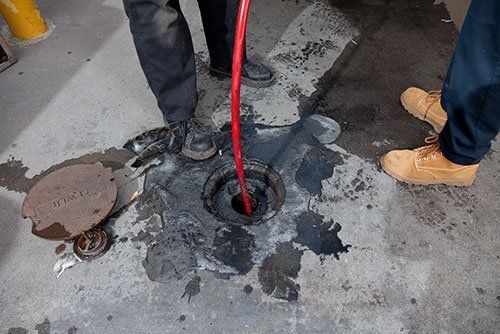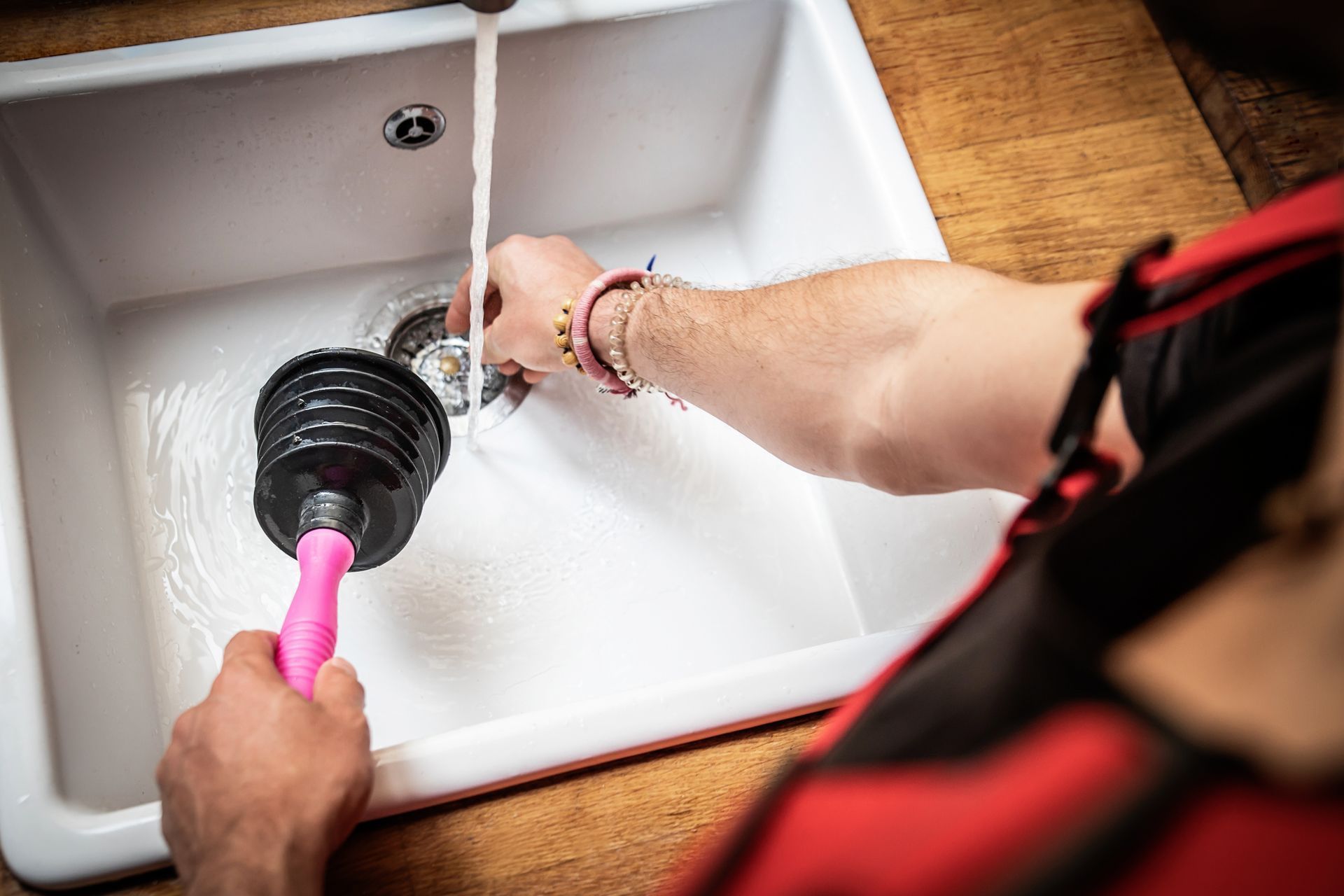Extend The Life of Your Septic System

1) PUMP YOUR TANK Septic tank should be pumped every two to three years, this prevents solid material from entering the lateral lines and blocking fluid movement.
02.08.2018
The drainfield around your septic tank can only handle so much water. If the drainfield becomes flooded by storm run-off or nearby bodies of water, your septic tank won't work properly. Wastewater can back up into your basement or home.
If you have a septic system for wastewater, you can take these steps to both prevent and respond to a flooded septic drainfield. Here's what you should know.
1) PUMP YOUR TANK
Septic tank should be pumped every two to three years, this prevents solid materials from entering the lateral lines and blocking fluid movement.
2) DO NOT PUT ANYTHING INTO YOUR TOILET EXCEPT HUMAN WASTE AND TOILET PAPER
Anything other than human waste and toilet paper may increase the need to pump the septic tank and may travel to the lateral lines and cause blockage.
3) DO NOT USE A FOOD GRINDER (GARBAGE DISPOSAL)
Egg shells, grease, and many other materials put through a garbage grinder may increase the need to pump the septic tank and may travel through the lateral lnes and cause blockage.
4) USE ONLY LIQUID OR LOW PHOSPHATE DETERGENTS
Solid detergents liquefy when agitated but will turn back into solids around the lateral lines and cause blockage.
5) DO NOT DRIVE OVER YOUR LATERAL LINES
Compaction of the soils may greatly reduce their absorbent qualities.
6) DO NOT PASTURE ANIMALS ON YOUR LATERAL LINES
Compaction of the soilds may greatly reduce their absorbent qualities.
7) DO NOT RUN ROOF DRAINS OVER LATERAL LINES
Excess water will saturate the soils and cause the sewage effluent to come to the surface.
8) DO NOT RUN YOUR WATER SOFTENER THROUGH YOUR SEPTIC SYSTEM
Salts used in water softeners kill micro-organisms which break down sewage effluent, the salts may also resolidify in the soils and reduce their absorbent qualities.
9) DO NOT PILE UP LAUNDRY AND DO ALL IN ONE DAY
No more than 2 or 3 loads per day maximum.
10) CONSERVE WATER.
Facebook Twitter Google+ pinterest








